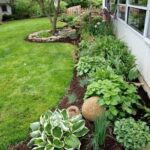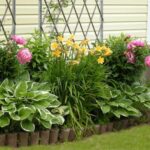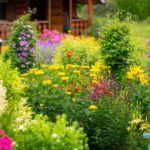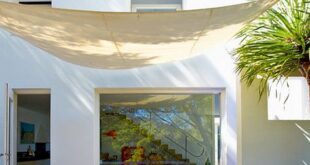Flower beds are a beautiful and essential component of any garden or outdoor space. They not only add color and beauty to the landscape, but they also attract beneficial pollinators such as bees and butterflies. When it comes to designing flower beds, the possibilities are endless. From simple and traditional designs to more elaborate and creative arrangements, there is something for every style and preference.
One popular option for flower bed design is the traditional straight or curved border. This classic design involves planting a row of flowers along the edge of a garden or lawn, creating a neat and organized look. Flowers with varying heights and colors can be used to create a visually appealing display that is sure to catch the eye of anyone passing by.
For a more modern and contemporary look, consider incorporating geometric shapes into your flower bed design. Triangular, circular, or rectangular shapes can add interest and sophistication to your garden. By planting flowers in a structured pattern within these shapes, you can create a unique and eye-catching display that is sure to make a statement.
Another popular trend in flower bed design is the use of layers and levels. By planting flowers at different heights and depths, you can create a sense of depth and dimension in your garden. Consider planting taller flowers at the back of the bed, with shorter flowers in front to create a cascading effect. This layered approach adds visual interest and complexity to your flower beds.
For those looking to add a touch of whimsy and charm to their garden, consider incorporating a themed flower bed design. Whether it’s a butterfly garden, a cottage garden, or a tropical oasis, choosing a theme can help guide your plant selection and arrangement. By selecting flowers and plants that fit within your chosen theme, you can create a cohesive and cohesive look that is sure to delight and inspire.
No matter what style or design you choose for your flower beds, it’s important to consider the environmental factors that will impact your garden. Be sure to select plants that are well-suited to the climate and soil conditions in your area, and consider using sustainable gardening practices to minimize your impact on the environment. With careful planning and attention to detail, you can create beautiful and thriving flower beds that will enhance your outdoor space for years to come.
















